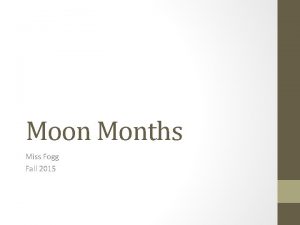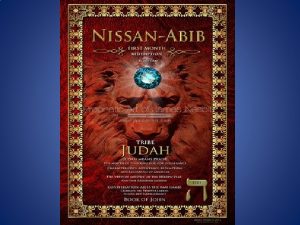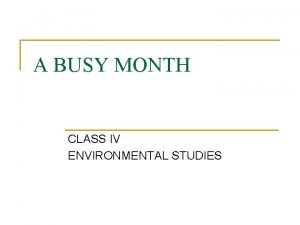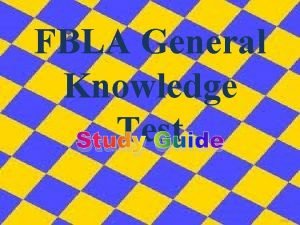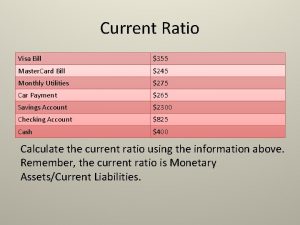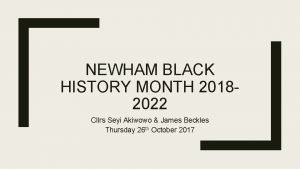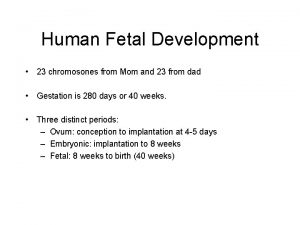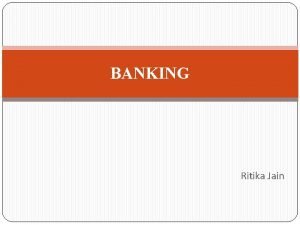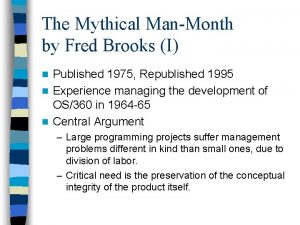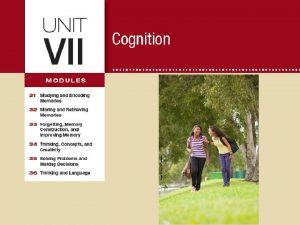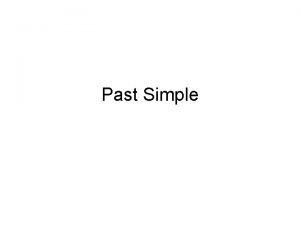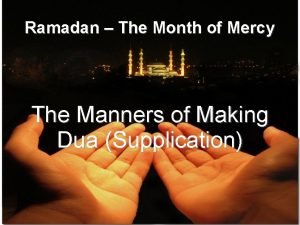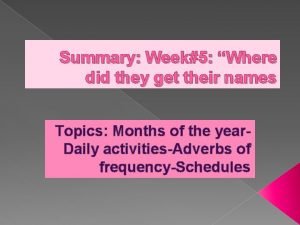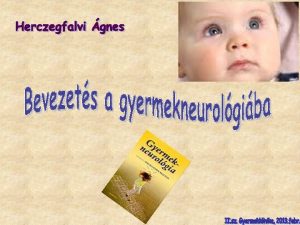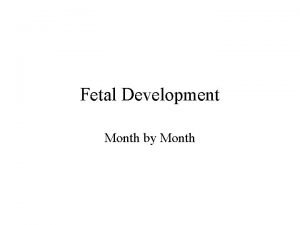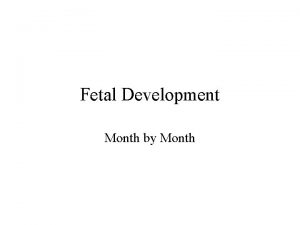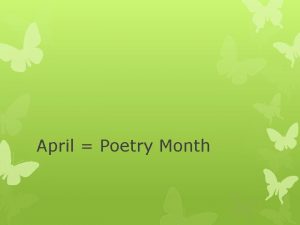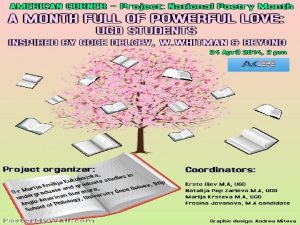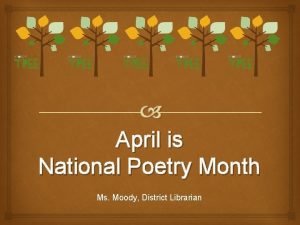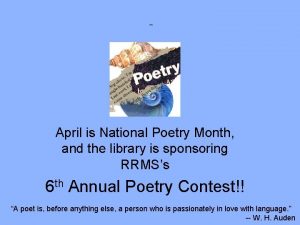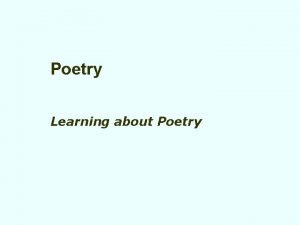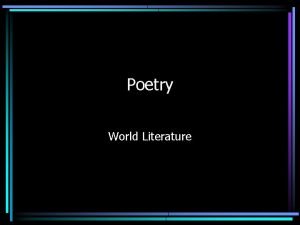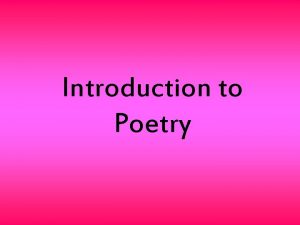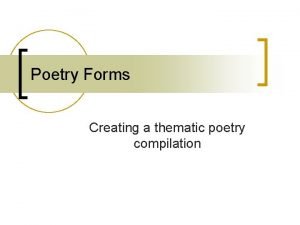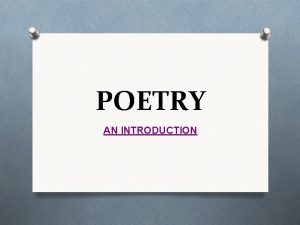April is Poetry Month Gr 7 AfricanAfricanAmerican Poetry























- Slides: 23

April is Poetry Month! Gr. 7 African/African-American Poetry Unit Common Core State Standards: CCSS. ELA-LITERACY. RL. 7. 1: Determine the meaning of words and phrases as they are used in a text, including figurative and connotative meanings; analyze the impact of rhymes and other repetitions of sounds (e. g. , alliteration) on a specific verse or stanza of a poem or section of a story or drama. CCSS. ELA-LITERACY. RL. 7. 5: Analyze how a drama's or poem's form or structure (e. g. , soliloquy, sonnet) contributes to its meaning CCSS. ELA-LITERACY. RL. 7. 7: Compare and contrast a written story, drama, or poem to its audio, filmed, staged, or multimedia version, analyzing the effects of techniques unique to each medium (e. g. , lighting, sound, color, or camera focus and angles in a film). CCSS. ELA-LITERACY. L. 7. 5: Demonstrate understanding of figurative language, word relationships, and nuances in word meanings.

Day 1: Pre-Poem Survey Reading a Poem Notes How to Read A Poem 1. Read the poem more than once – listen to it, read it to yourself, read it aloud 2. Note the sounds/shape of the poem – Does it rhyme? Are some parts repeated? How are the words arranged – line length? stanza? 3. Search for meaning – follow thoughts, not line endings. Who is the narrator/speaker? What is the setting/occasion? Consider allusions – keep reference books handy Consider the author’s purpose – why did he/she write this poem? 4. Share the poem with someone else – see if you can get them to understand it or maybe even like it! Read with feeling, but be natural Read with rhythm, but don’t exaggerate.

Day 1 Poem: The Words Behind the Words by Naomi Shihab Nye http: //www. poetryfoundation. org/poem/178316 Food For Thought: This poem is written in Free Verse Naomi Shihab Nye is an Arab-American Questions: Why do you think the author chose the grandmother as the main character? What seems to be important to the grandmother? Who is speaking at the end of the poem – the part that’s in quotations? What do you think this part means?

Day 2: The Sounds of Poetry Notes and Examples Alliteration (also called consonance): The repetition of consonant sounds at the beginning of words Ex. Peter piper picked a peck of pickled peppers Assonance: The repetition of vowel sounds within words. Ex. Rise and shine fat cat Onomatopoeia: the use of a word whose meaning suggests a sound Ex. BOOM! Cuckoo Woof, woof Repetition: a word, a phrase or a full sentence repeated to emphasize its significance in the entire text. Ex. A horse is a horse, of course.

These poems include examples of alliteration, assonance, onomatopoeia and repetition – can you find them? Food for Thought: The author of this poem is South African and experienced a type of racial segregation known as “apartheid”. South Africa was colonized by the Dutch in the 1600 s. The Dutch were attracted to S. Africa’s natural resources, which include gold, diamonds and platinum.

Day 2 Poems (continued) Food For Thought: Maya Angelou Bio (4 minutes) For Us, Who Dare Not Dare Swing me vines, beyond that baobob tree By Maya Angelou And talk me chief Be me a Pharaoh Sing me birds Flash color lightning through bright green Build me high pyramids of stone and questionleaves. See me the Nile https: //www. youtu be. com/watch? v=L y. Hqaf. C 740 Q At twilight Taste me fruit And jaguars moving to Its juice free-falling from The slow cool draught. A mother tree. Swim me Congo Know me. Hear me the tails of alligators Flapping waves That reach a yester shore Africa.

Day 3: Rhythm and Rhyme Notes Rhythm is a pattern of stressed and unstressed - accented and unaccented syllables. A poet can use rhythm to create an effect or set a mood. Ex. Shadows on the wall Noises down the hall Life doesn’t frighten me at all Bad dogs barking loud Big ghosts in a cloud Life doesn’t frighten me at all - Maya Angelou

Rhyme: Rhyme is the repetition of the same sound at the ends of words. Rhyme adds emphasis and a musical tone. This pattern can be marked by letters, see below: Ex: I go boo a Make them shoo a I make fun b Way they run b I won’t cry c So they fly c I just smile d They go wild d - from “Life Doesn’t Frighten Me At All” by Maya Angelou Listen to Maya read her poem here: Do you hear the rhythm and rhyme?

Day 3: Examples of Rhythm and Rhyme excerpt from “Song of the Stranger, Come to Left for food. Cook, eat the lot Stay” With stranger come to stay. For the stranger his first day Rice and flying-fish provide Hug him, welcome him inside Stranger who has come to stay On the stranger’s second day Give him milk and butter too Let love greatly grow in you For the stranger come to stay. Stranger now on his third day Three cups of rice is all we’ve go Tell the stranger his ninth day Go in peace, my son, but go, Only, don’t come back, you know, Go, you stranger come to stay. Stranger now on his tenth day, Chuck him out with kick and clout! Chuck him, chuck him out! Out, you stranger, come to stay! – Traditional, Swahili (Kenya, Tanzania)

What is the rhyme scheme for this poem? Tip: If you find a line that doesn’t rhyme with ANY others anywhere in the poem, it gets an “x”.

Day 4: Figurative Language Notes: Similes and Metaphors To create a word picture in the reader’s mind, writers may choose to use figurative language. Figurative language presents new ways of looking at something familiar. Similes and metaphors are examples of figurative language. Simile: A figure of speech in which two unlike objects are said to be the same, using either “like or “as”. Ex. He moved through the jungle like a silent shadow. Metaphor: A figure of speech in which two unlike objects are said to be the same without using “like” or “as”. Ex. Books are bridges to unexplored lands.

Day 4 Poems: Can you spot the similes and metaphors? “Dreams” by Langston Hughes Food for Thought: Hold fast to dreams Langston Hughes bio: For if dreams die Life is a broken-winged bird That cannot fly. Hold fast to dreams For when dreams go Life is a barren field Frozen with snow.

The Magnificent Bull My bull is white like the silver fish in the river White ilke the shimmering crane bird on the river bank White like fresh milk. His roar is like thunder to the Turkish cannon on the steep shore. My bull is dark like the raincloud in the storm He is like summer and winter. Half of him is dark like a storm cloud, Half of him is light like sunshine. His back shines like the morning star. His brow is red like the beak of the Hornbill. His forehead is like a flag, calling the people from a distance. He resembles the rainbow. -Traditional (Dinka) Food for Thought: • The Dinka people live in South Sudan, where they farm and herd cattle. • Their lives are very closely intertwined with those of their cattle – at their coming of age ceremony, young Dinka men are given an ox, and that ox’s name becomes a part of their own name.

Day 5: Figurative Language Notes: Personification and Hyperbole Personification: A particular type of comparison in which places, objects, ideas or animals are given human qualities: Ex. The wildflowers danced in the breeze. Hyperbole: Wild exaggeration. Hyperbole is often used to emphasize a characteristic or emotion. Often has a humorous effect. Ex. I had to wait forever for the bus!

An Example of Personification: “Morning” by Dionne Brand Day came in Not far from the shore, On an old brown bus Lifted his eyes, With two friends. Saw her coming, She crept down And yawned. The empty street The bus rolled by, Bending over And the two friends caught To sweep the thin dawn away. A glimpse of blue With her broom, As day swung around the corner She drew red streaks To where the sea met a road. In the corners The sky blinked Of the dusty sky Woke up, And finding a rooster still asleep, And might have changed its mind, Prodded him into song. But day had come. A fisherman,

Food for Thought: Dionne Brand is a poet born in the island nation of Trinidad and Tobago– which is NOT in Africa! Trinidad is an island off the coast of South America that is largely settled by African peoples who were brought there by the slave trade. Questions About the Poem: • What is being personified? • What are some of the human activities accomplished by the non-human? • Who do you think the “two friends” are? • Why do you think the author wrote this poem? • This poem is set in Trinidad. Is there anything about it that makes you think it could be set in Africa? Why or Why not?

An Example of Hyperbole: Still I Rise by Maya Angelou

Still I Rise You may write me down in history Bowed head and lowered eyes? I’m a black ocean, leaping and wide, With your bitter, twisted lies, Shoulders falling down like teardrops, Welling and swelling I bear in the tide. You may trod me in the very dirt Weakened by my soulful cries? But still, like dust, I’ll rise. Does my sassiness upset you? Does my haughtiness offend you? Leaving behind nights of terror and fear Don’t you take it awful hard I rise ‘Cause I laugh like I’ve got gold mines Into a daybreak that’s wondrously clear Diggin’ in my own backyard. I rise Why are you beset with gloom? Bringing the gifts that my ancestors gave, ‘Cause I walk like I’ve got oil wells You may shoot me with your words, I am the dream and the hope of the slave. Pumping in my living room. You may cut me with your eyes, I rise You may kill me with your hatefulness, I rise But still, like air, I’ll rise. I rise. Just like moons and like suns, - Maya Angelou, 1928 - 2014 With the certainty of tides, Just like hopes springing high, Out of the huts of history’s shame Still I’ll rise. I rise Up from a past that’s rooted in pain Did you want to see me broken? I rise

Day 6: The Secret Language of Poetry Notes: Denotation and Connotation Every word has two meanings! Denotation is a word’s dictionary definition Ex. Home = a building where one lives Connotation is a word’s emotional definition – including all the positive and negative associations a person might have with a word. Ex. Home = love, family, comfort

Examples of Connotative Language Symbol – when a word or object stands for something more than itself. Ex. Africa, my Africa of proud warriors in ancestral savannahs Africa of whom my grandmother sings On the banks of the distant river I have never known you But your blood flows in my veins - from “Africa” by David Diop (Senegal) Question: What does Africa symbolize to poet David Diop?

Imagery – using words that appeal to a reader’s senses. Describing how things smell, sound, taste, feel and look. Ex. In the blue palace of the deep ocean dwells a strange being. His skin is white like salt his hair long like plaited seaweed His dress is made of fishes, Fishes more charming than birds. - from “The European” Traditional (Gamma Tribe) Questions: Can you picture the European? What does he look like? Why might African tribespeople picture Europeans this way?

Allusion – a reference to something in history or literature. Ex. I’ve been a slave: Caesar told me to keep his door-steps clean. I brushed the boots of Washington. I’ve been a worker: Under my hands the pyramids arose I made mortar for the Woolworth Building - from “The Negro” by Langston Hughes Question: Langston Hughes alludes to a variety of historical events on two different continents can you name the events and where they took place?

WANT TO READ MORE? Books from Pioneer’s Library: • Poetry for Young People: Maya Angelou – edited by Edwin Graves Wilson • Talkiing Drums – edited by Veronique Tadjo • The Dream Keeper and Other Poems by Langston Hughes • Poems from Many Cultures – edited by Fiona Waters • 19 Varieties of Gazelle by Naomi Shihab Nye AWESOME POETRY WEBSITES: www. poets. org www. poetryfoundation. org – they also have an app!
 Sidereal vs synodic month
Sidereal vs synodic month What is the month of abib
What is the month of abib Why is april a busy month for birds
Why is april a busy month for birds What is fbla-pbl’s official parliamentary authority?
What is fbla-pbl’s official parliamentary authority? Month’s living expenses covered ratio
Month’s living expenses covered ratio Oracle interval partitioning by month example
Oracle interval partitioning by month example Thor housing georgia
Thor housing georgia Winter summer autumn spring
Winter summer autumn spring Seyi akiwowo
Seyi akiwowo 5 month baby in womb images
5 month baby in womb images Free ecommerce business plan template doc
Free ecommerce business plan template doc Ritika deposits 200 every month
Ritika deposits 200 every month Fred brooks mythical man month
Fred brooks mythical man month Troy has $50 a month transferred
Troy has $50 a month transferred Module 36 thinking and language
Module 36 thinking and language Lulu sees a professional once a month
Lulu sees a professional once a month The day before launch
The day before launch Yesterday/who/play/football/you/did/with
Yesterday/who/play/football/you/did/with Ramadan month of mercy
Ramadan month of mercy Announcement there will be a holiday camp next month
Announcement there will be a holiday camp next month Month short form
Month short form Microcephaly 6 month old
Microcephaly 6 month old Pride month is over stop being gay
Pride month is over stop being gay Astronomer salary per month
Astronomer salary per month
